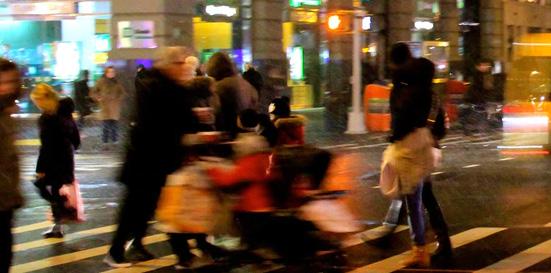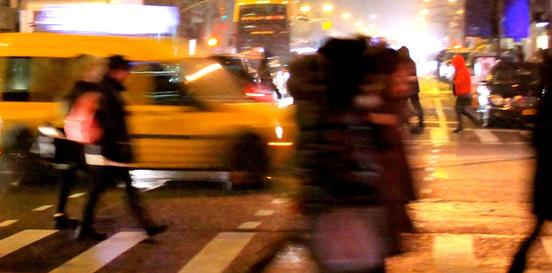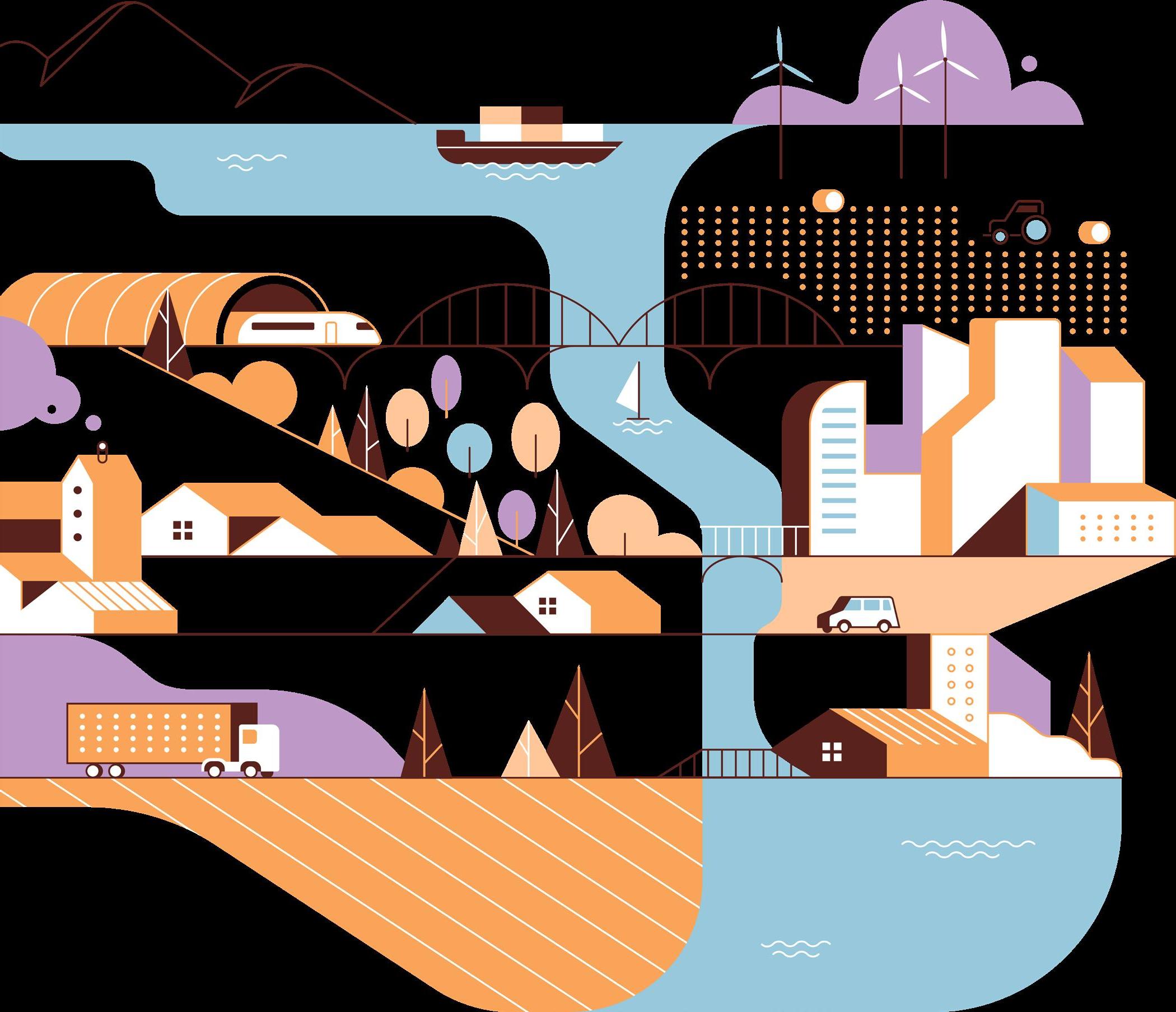
4 minute read
Better Design for Safer Spaces
Based on the research collected in this thesis, there is a problem with the way public transit stops are designed for safety (Loukaitou-Sideris and Fink, 2009).
Existing shelters and stations do not provide enough safety for passengers. Transit systems need to have stops with adequate lighting at night for passengers, reliable transit times and comfortable waiting areas (Yavuz and Welch, 2010). By
Advertisement
incorporating these elements into standard practice, people can experience their daily travels with more confidence and peace of mind (Valentine, 1990).
Lighting can impact the way people experience shared public spaces. In terms of public transit, inadequate lighting at bus stops can cause increased levels of anxiety and fear for passengers waiting for their bus (Yavuz and Welch, 2010).
The darkness can provide opportunities for criminals to hide and stalk from afar without being seen because of a “fishbowl effect” (Loukaitou-Sideris and Fink, 2009).
This effect is where a small well-lit area is surrounded by darkness. Based on safety audits done in Scarborough, Ontario, this
effect can be avoided if proper lighting is extended beyond the bus stop (Loukaitou-
Sideris and Fink). Although lighting may not fully prevent a crime from occurring, Hunt (2019) states “it can alleviate women’s
feelings of anxiety, improving their access
42
Figure 2.4 Busy crosswalk at night (TAPCO, 2019).

to the city – and when they are faced with a potential threat, lighting improves their ability to assess the situation”. It is a simple solution and should be implemented at all stop locations along a route - not just allocated at the busy ones.
Reliable service can also impact an individual’s sense of safety. When transit
services provide accurate and on-time service passengers feel like they have more control (Farrall et al., 1997). In
contrast, if a woman is alone and does not know when the next bus will arrive, they cannot control their surroundings (Yavuz and Welch, 2010). They do not
feel safe, especially if it is a new route or
43
environment to the individual. Passengers also experience raised anxiety levels when they are changing routes or modes of transit (Yavuz and Welch). Based on
research done for the Department of Transport in London it shows that women are more sensitive to risk and crime in public space, and longer transit wait times increase anxiety (Yavuz and Welch).
Fan et al. (2016) recorded a survey of
passenger wait-times at bus stops and they discovered that “waits at stops with no amenities are perceived at least 1.3
times as long as they actually are. Basic amenities including benches and shelters significantly reduce perceived waiting times. Women waiting for more than 10
minutes in surroundings perceived to be insecure report waits as dramatically longer than they really are”. By designing efficient transit systems, they are more likely to be reliable and on time for passengers. This can also increase ridership and fares which will help to fund other solutions for buses.
Designers are responsible for providing residents with comfortable and safe waiting spaces for buses. Long wait times in poor conditions tend to create lower satisfaction and safety rates from travelers (Abenoza et
al.) Experts can achieve a sense of comfort for passengers when they have adequate CURB-SIDE FACTORSChapterseating and shelters accompanied by 4 ADA—Accessibility Guidelines greenery. Below, Figure 2.5 represents the minimum dimensions a designer needs to provide at bus stops for it to be accessible.
By providing a shelter and wide sidewalks, it creates an inviting space for passengers
Accessible Bus Stop Pad & Shelter Minimum Dimensions to wait for the bus (Abenoza et al., 2018).
Mindful planting designs can create buffers to segregate spaces, create a barrier for privacy and can alleviate stress for passengers. To the right, Figure 2.6 demonstrates how to use plants and other built structures to accommodate for pedestrian flow at a bus stop. Additionally, Figure 2.7 demonstrates a design for
bench waiting pad. If designers were to start to implement these features to more bus stops, then it would increase passenger’s safety and enjoyment
(Abenoza et al.).
The correlation between design and crime is that poor design can often facilitate crime but good design cannot guarantee safety (Valentine, 1990). Landscape
architects and municipalities can only create preconditions for safer environments (Valentine). Based on the limitations
of their jobs, designers can implement better practices for safe designs. These solutions can include but are not limited to, appropriate lighting for people and not cars, reliable transit systems, shelters for protection and vegetation buffers for privacy. While these solutions may
statistically benefit more women than men, it is still important for everyone to have safe public transit options.
Figure 2.5 Accessible bus stop pad & shelter (National Academy Press, 1996).
44
Accessible Bus Stop Design
Maintain a minimum separation of 2 feet (preferably 4 feet) between the bench and the back-face of the curb. As the traffic speed of the adjacent road increases, the distance from the bench to the curb should be increased to ensure patron safety and comfort.
Maintain general ADA mobility clearances between the bench and other street furniture or utilities at a bus stop.
Do not install the bench on the 5-foot by 8-foot wheelchair landing pad.
At bench-only stops, additional waiting room near the bench should be provided (preferably protected by landscaping) to encourage bus patrons to wait at the bus stop.
Figure 37 provides an example of the circulation requirements at a bench-only bus stop with Figure 2.6 Separating bus activities and general pedestrian traffic with nubs (National Academy additional seating provided. Press, 1996).
Bus Stop Bench and Waiting Pad Design Figure 30.Separating Bus Activities and General Pedestrian Traffic with Nubs.
65
Figure 2.7 Conceptual bench and waiting pad design (National Academy Press, 1996).
45











